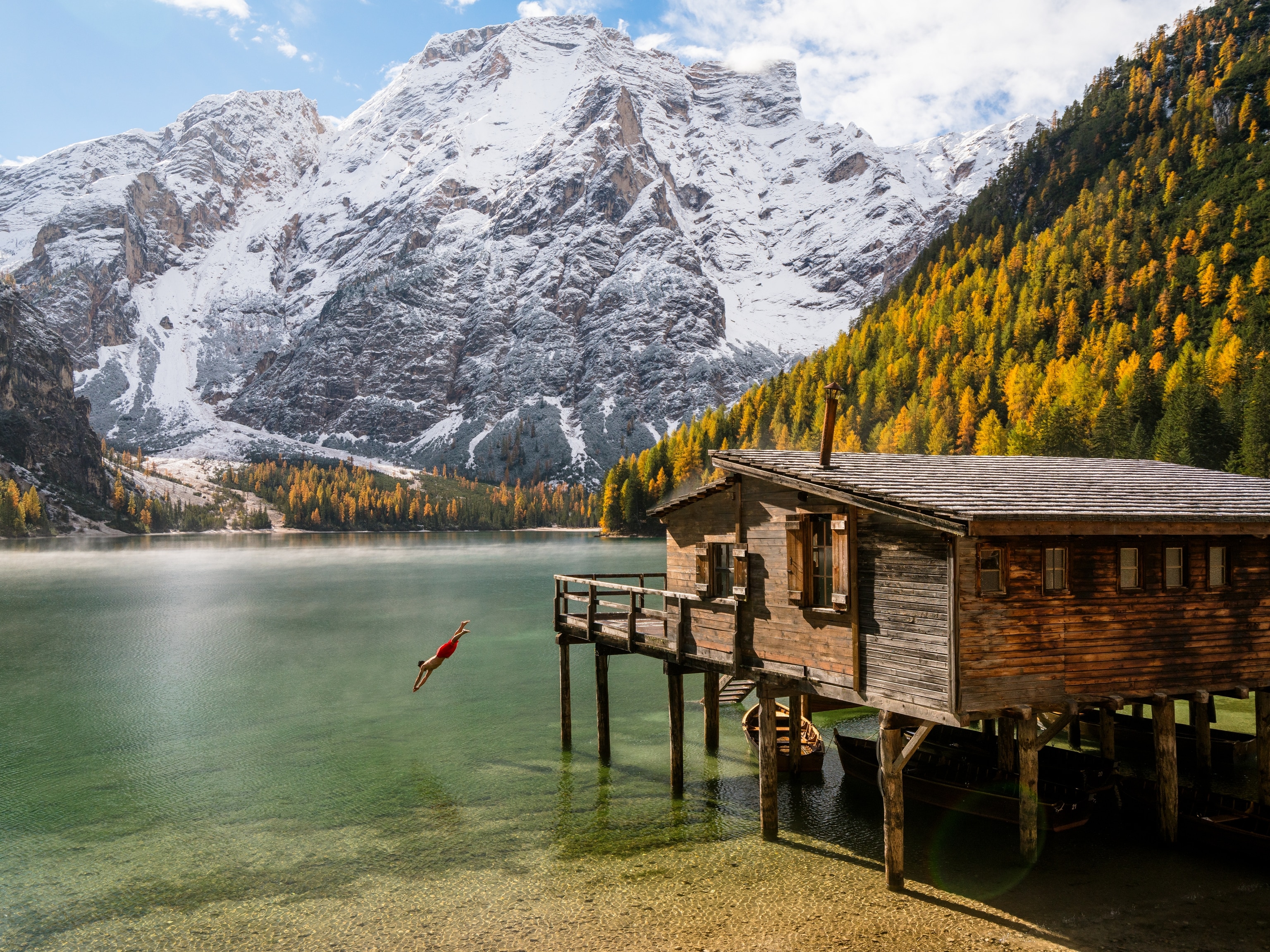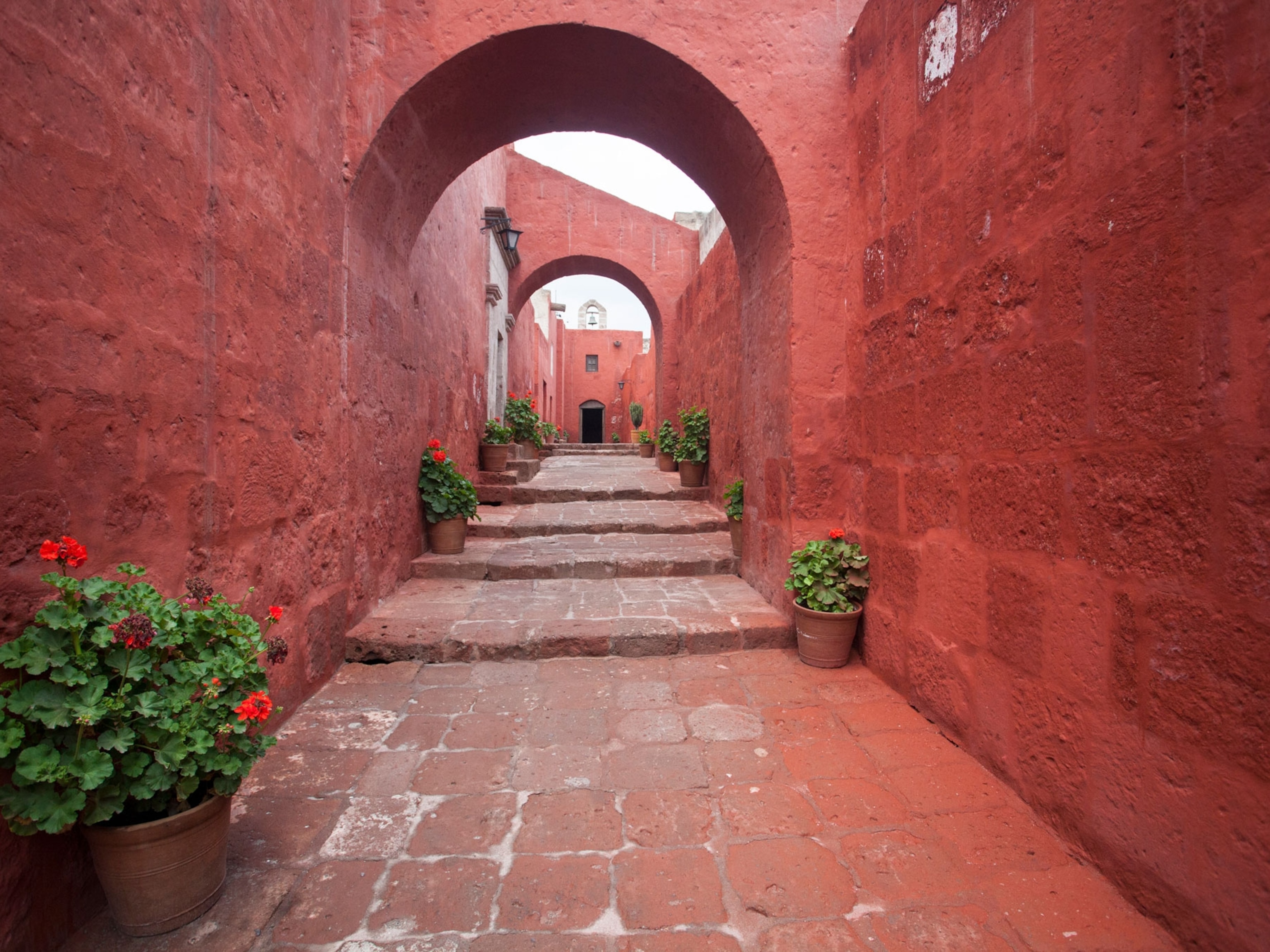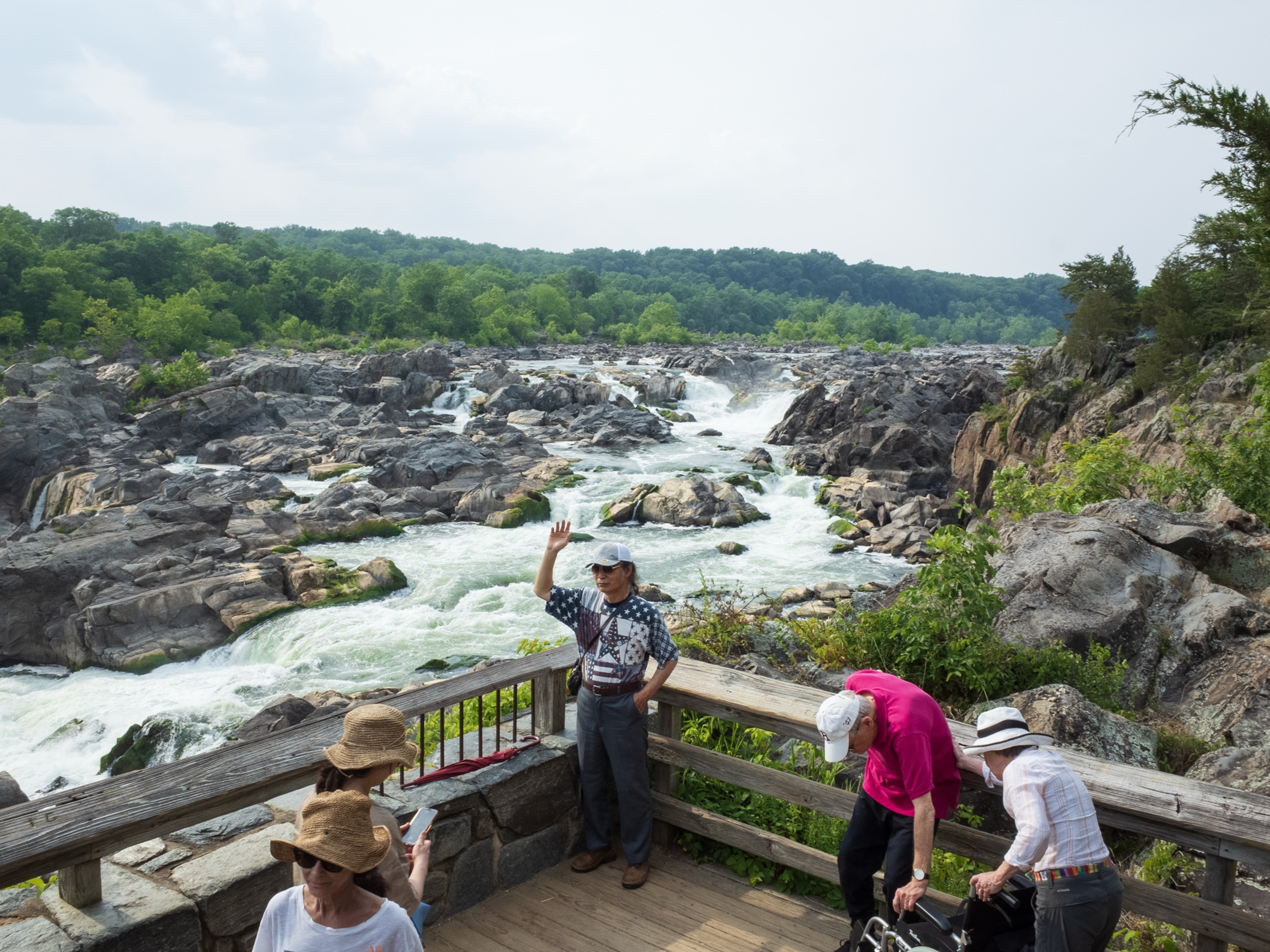
Thailand works to preserve its natural wonders
Tourism authorities are encouraging visitors to leave "only their footprints and take only good memories".
Thailand is known for its warm hospitality, lush rainforests with spectacular waterfalls, pristine beaches, and spicy cuisine from the freshest ingredients. Yet, its surging global popularity as a tourism hotspot means the government has to work hard to preserve and conserve the country’s natural wonders.

Bearing this in mind, there are a number of initiatives designed to boost the sustainability of the local travel industry including one spearheaded by the Tourism Authority of Thailand (TAT) to reduce plastic garbage by up to 50% by 2020.
The federal collaboration,Travel Thailand in Style, Reduce Plastic Waste, involving hotels, Expedia and local communities encourages tourists and businesses to address waste problems generated by the country’s 32 million-plus visitors each year.

Provinces showcase conservation efforts
Tourism authorities are encouraging visitors to leave “only their footprints and take only good memories”.
The campaign encourages reusable or sustainable items including substituting plant-based drinking straws, using cotton bags instead of plastic bags, water tumblers instead of plastic bottles and reusable food utensils instead of single-use plastic or foam items.
While the initiative began in the eight million-strong megalopolis Bangkok, a number of the nation’s quieter, relatively unspoiled tourist destinations are leading the charge. For example, in Trat province, the island of Ko Mak, famous for its pure white sandy beaches and the popular diving isle Ko Tao, have embraced an environmental imperative.

Selected as Thailand’s first low-carbon destination, Ko Mak, with its bucolic fishing villages nestled among bendy palm trees, has established itself as a role model for surrounding islands.
The island’s residents, who are anxious to keep their home a laidback, natural destination have reached out for advice from the designers of other green initiatives after being selected for the honour by Designated Areas for Sustainable Tourism Administration (DASTA).
Their commitment includes using only locally sourced food, avoiding petroleum-based fuels, implementing water and waste management as well as preserving local activities and traditional ways of life.

Serene, romantic destination
Known as Thailand’s best kept secret, Ko Mak is a smaller island away from the bright lights and throbbing music of nearby Ko Chang. As one of Thailand’s more serene destinations, it is increasingly attracting couples and those with young families keen to get away from late-night bars and the party scene.
But what it does do, it does very well. A chance to rewind and recharge while staying on the beach, with some fantastic food options, including the popular breakfast haunt, The Food Art Hut, and deserted white sandy beaches are within arm’s reach.
Meanwhile on Ko Tao in Surat Thani Province, the azure waters that attract tourists including many divers from around the world, are being fiercely protected by local dive operators.

A group of dive centres have banded together to form Get Involved Ko Tao, a community-based conservation initiative to help preserve the natural resources and environment of the island by organising a monthly clean-up to remove waste and encouraging locals and tourists to "get involved" by saying no to the use of plastic straws, cups and bags.
The private sector has collectively embraced the "5Rs" dedicated to reducing, reusing, repairing, recycling and rejecting.
This involves reducing consumption; no-recyclable packaging, reusing items that can be used again like glass bottles, boxes or paper; repairing an item instead of buying a new one; recycling all materials that can be transformed into a new product and; finally, rejecting any item that pollutes or harms the environment.

From palm-fringed beaches to crisp mountain air
The eight-square mile island, with a permanent population of just over 1300, is known for its palm-lined beaches and coral reefs. Restaurants and bars are concentrated at Mae Hat Beach and near Sai Ri Beach.
If you are visiting Ko Tao, a day trip to Ko Nang Yuan is essential. This tiny island is only a brief speed boat ride away from the main island and, has a stunning beach and secluded places to take a swim.
A short hike to the island’s summit gives visitors views of the whole nearby island chain.
Moreover, Thailand not only boasts some of the best diving in the world, it is also one of the most affordable and best places to get your PADI diving certification, and Ko Tao just happens to be the most popular place in Thailand to get your credentials.

While the fragile island marine ecosystems are a focus of Thailand’s drive to promote sustainable tourism, some of the nation’s stunning natural landlocked destinations are also playing a significant role. A case in point is Loei province in the north-east, renowned for its cool mountain trails, rainforests and many waterfalls.
In May, Loei’s Phu Kradueng National Park—with its misty hiking trails up mountain crags—introduced the Go Green: Go Clean: Go Grow program which encouraged visitors to plant a tree and help clean up the area during a two-day event.

Stunning scenery and abundant wildlife
A key reason for cleaning up the National Park is that it is Thailand’s most popular trekking destination and parts of it were beginning to feel the pressure of having a continuous visitor presence.
The mountain park’s attraction to visitors is the top 23-square mile plateau of Phu Kradueng. It towers 3,000 feet above the valley floor and is blessed with beautiful scenery, lush pine forests and abundant wildflowers. For the lucky few who choose to camp overnight and away from the rainforest canopy, they can catch the spectacular mist-filtered first light of day or the crimson evening sun dipping below the horizon.
The Park’s cool climate can see temperatures drop to near freezing at night which contrasts with the balmy conditions many tourists associate with Thailand. Wandering along the mountain trails hikers may spy an array of wildlife, including sambar deer, the goat-like serow, foxes, squirrels, silver pheasant and (if lucky) the occasional elephant.

While a visit to Phu Kradueng is mostly about marvelling at Loei Province’s diverse natural wonders, it’s also important to recognise the conservation efforts currently being undertaken to preserve the fragile mountain habitat. Similar to the work being done to the marine ecosystems of Ko Mak and Ko Tao, these conservation initiatives serve as a reminder of our own responsibility to help preserve the environment for future generations.






